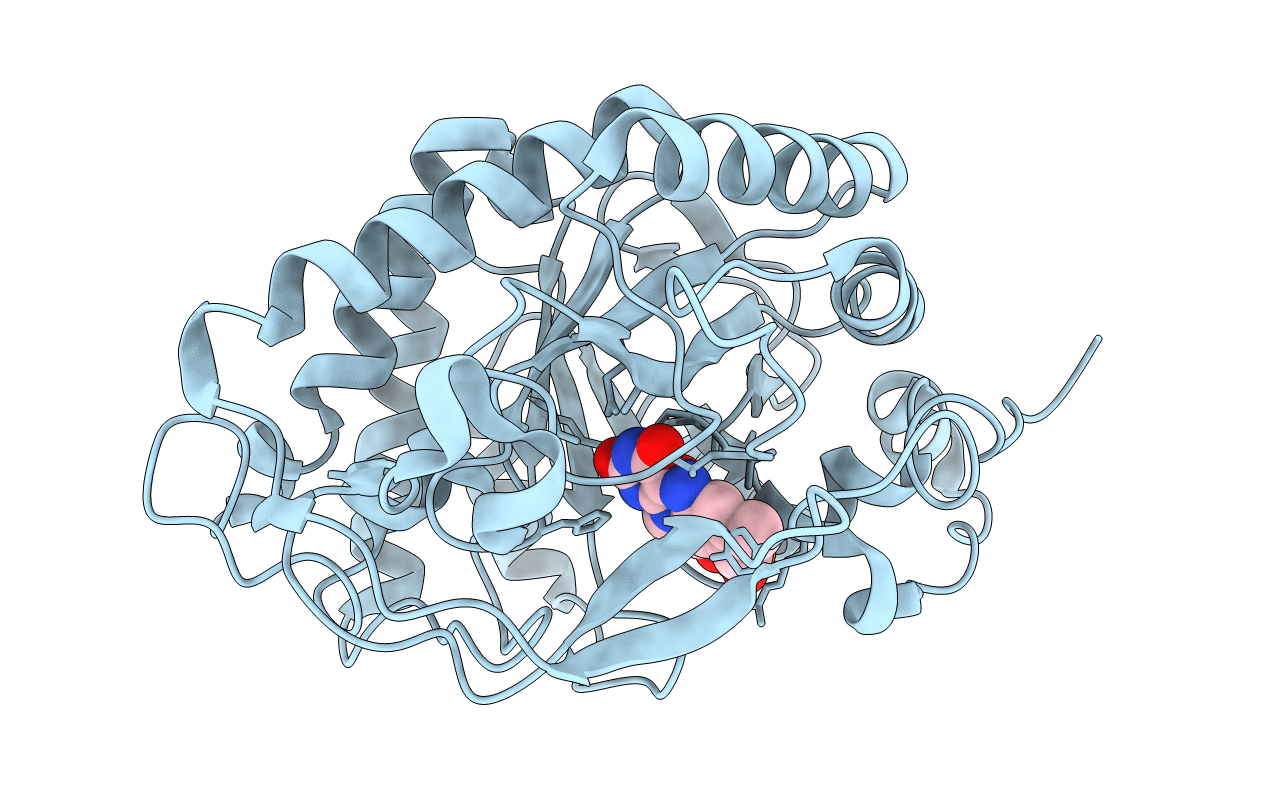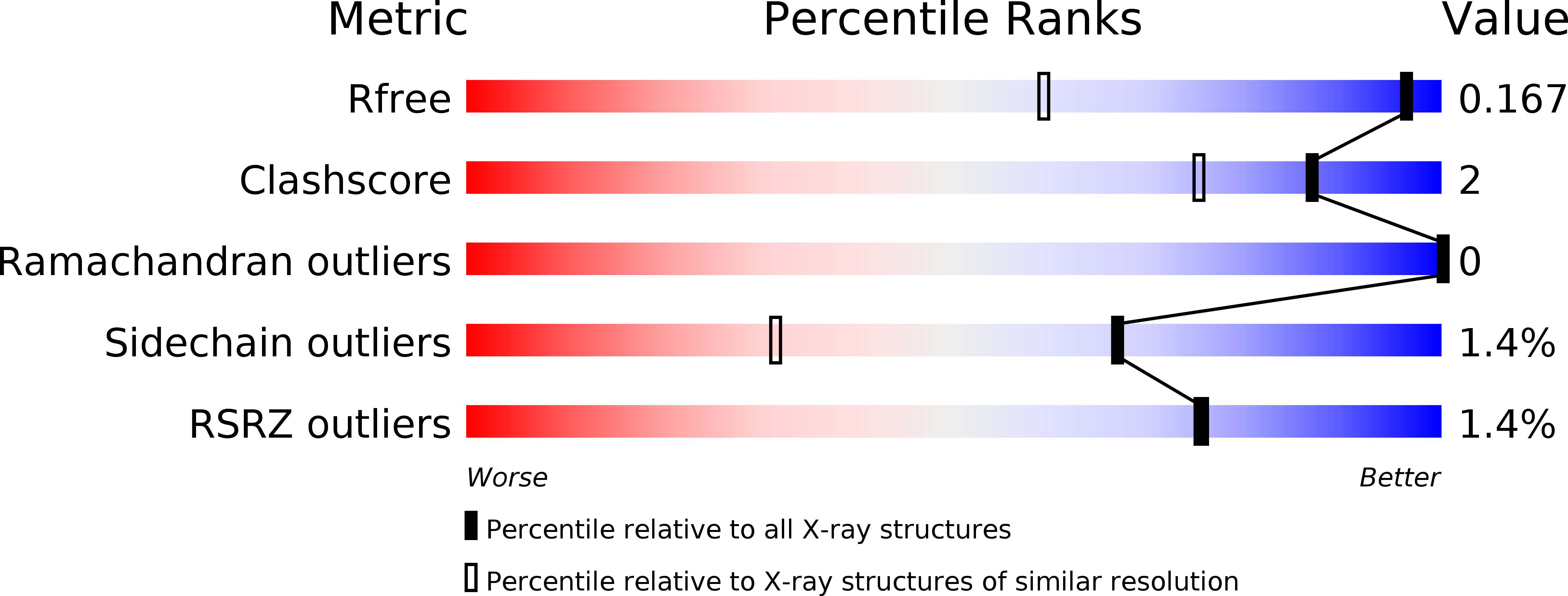
Deposition Date
2010-10-12
Release Date
2011-03-23
Last Version Date
2024-02-21
Entry Detail
PDB ID:
3P74
Keywords:
Title:
H181N mutant of pentaerythritol tetranitrate reductase containing a C-terminal His8-tag
Biological Source:
Source Organism:
Enterobacter cloacae (Taxon ID: 550)
Host Organism:
Method Details:
Experimental Method:
Resolution:
1.20 Å
R-Value Free:
0.15
R-Value Work:
0.13
R-Value Observed:
0.13
Space Group:
P 21 21 21


